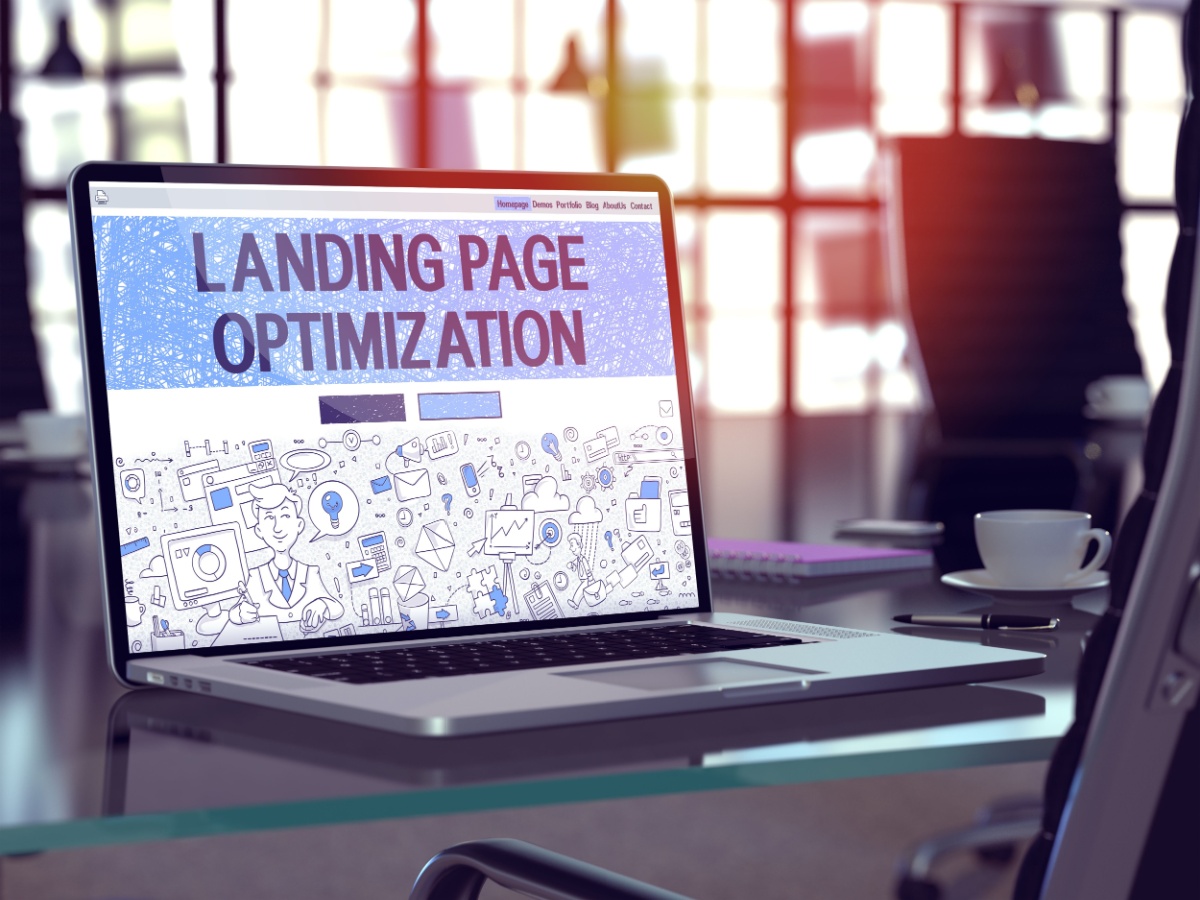3 proven and powerful ways to make your landing pages more persuasive
Not typically part of a website’s main navigation system, landing pages are standalone webpages that fulfil important and specific roles for many ecommerce brands. Your target audiences might “land on” this type of page after clicking through from an email, social media post, advertisement, or even the organic search engine results.
But are your brand’s landing pages achieving the short-term conversion goals – such as getting your website visitors to sign up for an email newsletter or limited-time offer – that they are supposed to be achieving? If not, they might require a touch more persuasive power.
Here are some techniques that you might use on your organisation’s landing pages to help make this persuasiveness a reality.
Asking a question to hook in your audience
Questions – perhaps starting in a format like “why do…” or “did you know that…” – can be an excellent way to engage those who have only just landed on your landing page.
After all, catching that attention is the first thing a landing page needs to accomplish. If you can do this with an opening question that provokes intrigue and indicates you will go on to provide valuable information, it can be very effective method for keeping your visitors reading.
Incorporating a “Johnson Box”
“What is a Johnson Box?”, we hear you ask (and there you see it – another reminder of the power of asking questions). This device was invented by former Time, Inc. executive Frank H. Johnson; it is a highlighted section of text near the top of a direct letter, email, or webpage, setting out what readers can expect to see on the page or document.
A well-realised “Johnson Box”, then, can be a potent means of immediately drawing the visitor’s attention and underscoring key points.
You might get the best out of your landing page’s “Johnson Box” with a header such as “What you’ll get on this page”. This may be followed by bullet points or links phrased in ways that are designed to intrigue the reader and lead them through the page content.
Specifically mentioning what problems and “pain points” you’re helping the reader to solve
Some of the most persuasive landing pages you are likely to have come across, will have probably directly referenced the undesirable feelings that may have led you to end up on the landing page in the first place.
So, you might do the same on your brand’s landing pages, using easily digestible bullet points. You might refer, for instance, to the reader feeling “stuck” or “overwhelmed” with a certain problem. You may emphasise with them being “stressed”, “worried”, or “unsure what to do next”.
These are, of course, highly relatable feelings that we all have in our day-to-day lives. By directly mentioning those emotions and “pain points” in your landing pages, you can reassure the visitor that they are in the right place to have their concerns addressed.
Our experts are on hand to help your brand get more out of the web
Many well-judged small changes can add up to a big change in the impact your landing pages have on human readers. Naturally, much the same can be said for your Gibraltar brand’s wider online presence.
So, for a free no-obligation discussion of the many ways in which Piranha Designs can help you maximise such impact – encompassing such areas of knowhow of ours as website design, graphic design, database solutions, and more – please feel free to reach out to our team today.


